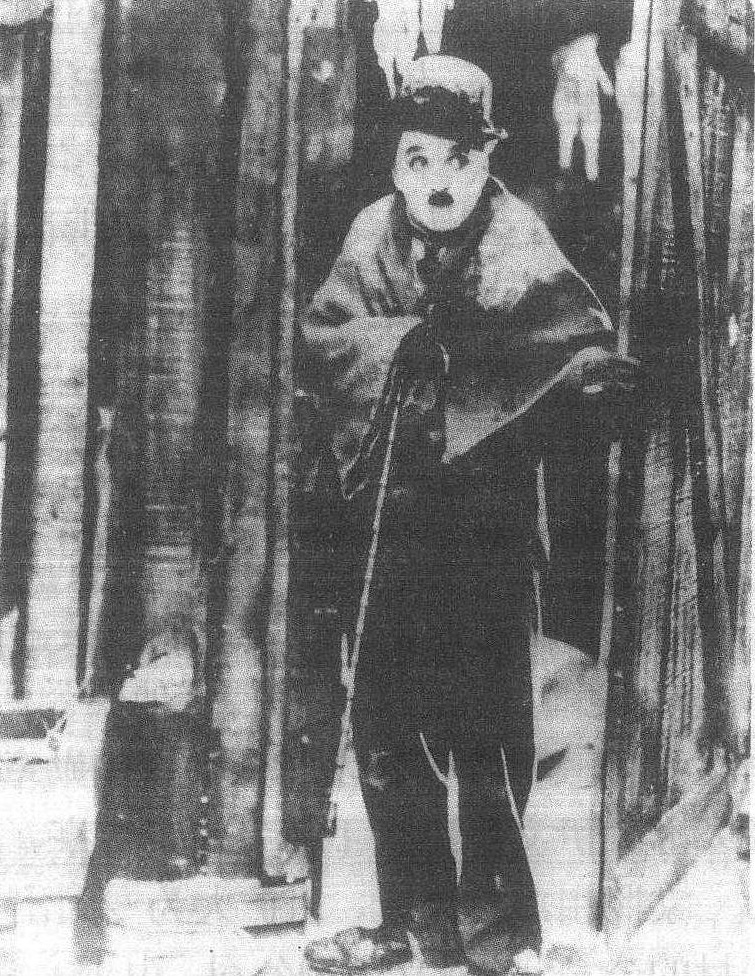英格玛·伯格曼
瑞典电影和戏剧导演、电影剧作家英格玛·伯格曼,是国际影坛上最负盛名和最有影响的艺术家之一。作为现代艺术电影的先驱,他是“作者电影”、“哲学电影”、“内心电影” 的典型代表。

卓别林
伯格曼1918年7月14日生于瑞典乌普萨拉。父亲是一位路德派教徒,历任教堂牧师和瑞典皇家医院的牧师,对孩子们严厉而粗暴。伯格曼的童年一直笼罩着压抑严峻的气氛,这一切对伯格曼以后的创作有极为深刻的影响。
1945年,伯格曼的第一部影片《危机》问世。1948年,他又改编了自己的舞台剧《监狱》,这部影片已开始流露出一直缠绕他的一个意念——世界是受魔鬼统治的。以后他又陆续拍了 一系列的作品,这些作品都带有相当的个人主观色彩,反映出他对世界的感受和思考。逐渐地,伯格曼在戏剧界也开始享有盛名。1952年至1959年,伯格曼出任著名的马尔莫市立剧院的导演。20世纪50年代至60年代前半期,是伯格曼电影创作的黄金时期,他的作品频频在国际电影节上获得大奖:《夏夜的微笑》、《第七封印》分别于1956年、1957年获戛纳电影节金棕榈奖;《野草莓》获1958年西柏林电影节金熊奖;《魔术师》获1959年威尼斯电影节特别奖;《犹在镜中》、《处女泉》和《冬日之光》分别获得1961、1962、1963年三届奥斯卡最佳外语片奖;《沉默》获1963年瑞典电影学院金甲虫奖。
20世纪70年代到80年代,伯格曼继续着他的电影创作。1981年他拍摄了他自称的“最后一部影片”《亚历山大和芳妮》。该片使他第4次获得奥斯卡最佳外语片奖。
才华横溢的伯格曼迄今共拍摄了近60部影片,执导了近80部舞台剧,其卓越的成就和罕见的国际褒奖,使他跻身于20世纪最伟大的电影艺术家之列。1985年3月7日,法国总统密特朗授予他法国荣誉军团勋章。